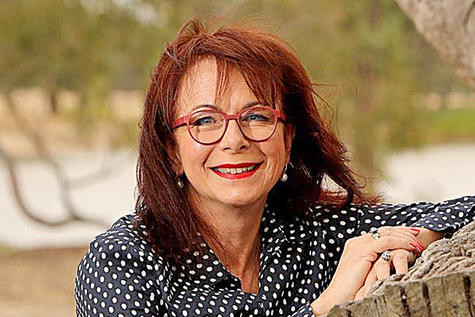General News
19 July, 2024
A fork in the road
Horsham district roads are to swallow up more than $5 million in extra funds for repairs and maintenance.

Horsham Rural City Council is to be awarded $12,569,929 over the next five years through the federal government's Road to Recovery (R2R) program.
That represents a 76 per cent increase from $7,141,981 over the previous five-year period.
But there's a catch, as funding may soon be withdrawn from the Local Roads and Community Infrastructure (LRCI) program.
Horsham was in July last year allocated $2,252,327 in funds from phase 4 of the LRCI program.
LRCI has greater flexibility for councils. As an open-ended fund, money can be spent on projects nominated by councils, including work on community infrastructure projects and footpaths. R2R can only be used for roads.
Council has been putting this cash towards projects such as pavement, drainage, kerb and channel reconstruction in Acacia Street, Mathoura Street and Alexander Avenue, as well on the City Oval/Sawyer Park Netball Clubrooms.
These projects are scheduled to be completed by the end of June 2025. However, a council spokesperson said no further LRCI funds were due during the current federal election cycle.
Horsham Rural City Council CEO Sunil Bhalla greeted the extra R2R cash.
"We welcome the additional funding and would like to thank the government for its commitment to progressively double the allocation to the Roads to Recovery Program," he said.
"We would also welcome the continuation of the highly successful LRCI program which has allowed us to undertake works on much-needed community infrastructure projects, ranging from refurbishment of public hall, toilets, and safety improvements to footpaths and bicycle paths.
"Council has implemented a very comprehensive asset management system to manage its roads and other infrastructure.
"The system is used to determine priorities based on highest need and return on investment of our limited dollars."
Federal MP Anne Webster said she was "incensed" with the funding - particularly as smaller councils such as Yarriambiack and Buloke shires were to receive smaller increases of 46 per cent under the program.
She is urging people to “name and shame” local roads in need of work.
“The government’s decision is insulting and exacerbates the awful disadvantage the Mallee region faces with crumbling roads and councils unable to shoulder the repair and upgrade burden,” Dr Webster said.
“The 2024 National State of the Assets Report shows $23.1 billion worth of local government roads are in poor condition, $18.7 billion have poor function, and $17 billion have poor capacity."
While the Roads to Recovery program is funded by the Australian Government, it is delivered by local governments.
Dr Webster said while overall funding was being lifted from $500 million to $1 billion per year by 2027-28, the allocation to local councils was not being distributed fairly.
“Local government-managed roads represent 77 per cent of the national road network by length.
"With around 75 per cent of local councils located in regional, rural and remote areas, federal government funding such as the Roads to Recovery program is vital in keeping our nation’s road network safe and productive.”
Councils may nominate local priority road projects for funding in accordance with the Roads to Recovery conditions.
Dr Webster has urged residents to nominate a local road in their shire in need of funding through a national road survey launched last month by Mt Gambier Liberal MP Tony Pasin.
The survey can be accessed at https://www.research.net/r/2HRHBV9 and will remain open until August 30.
The government's Infrastructure Investment Program website also lists projects being undertaken in the Roads to Recovery program.
For details of projects in your area, visit https://investment.infrastructure.gov.au